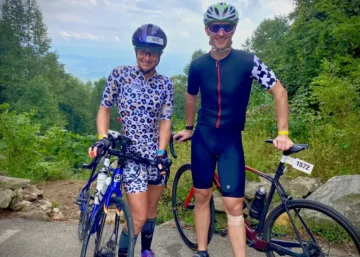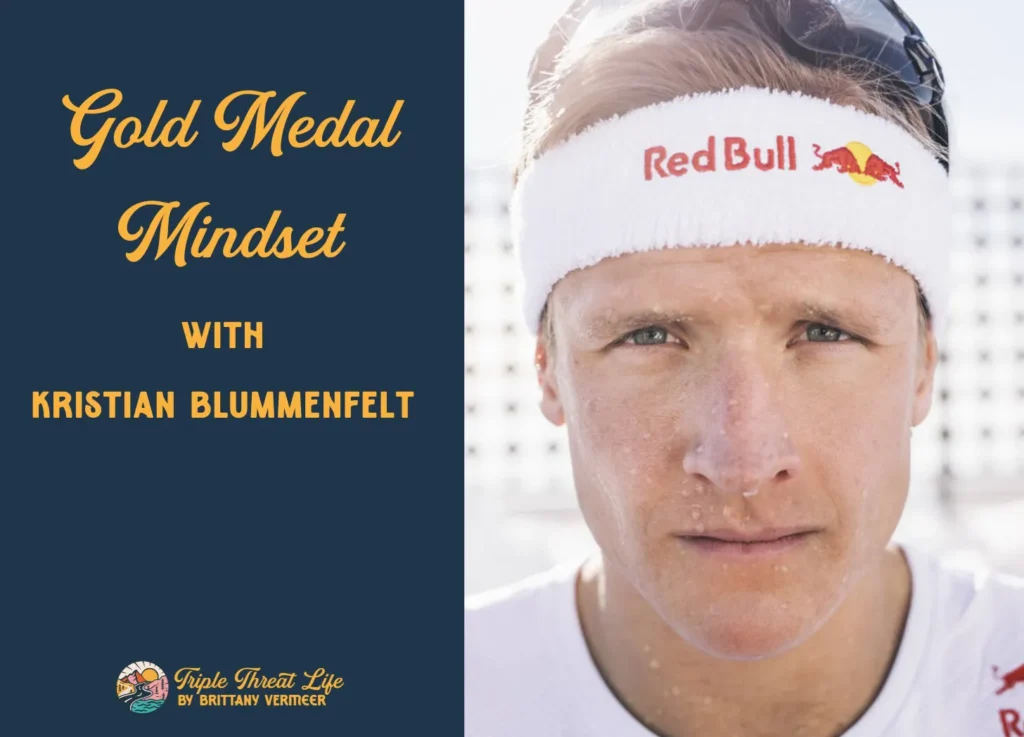
While you might not have the physical ability of an elite athlete, you can have the mindset of one.
Let me explain.
There’s often a disconnect when we think about professional athletes. The focus is often placed on what they achieve rather than how they achieve it.
Certainly the what is flashier, right? Breaking the tape as the confetti flies. Lifting a trophy overhead to resounding applause. Titles and records. Gold medals and glory.
But the how is arguably more important.
Developing physical fitness is crucial to this success, but mindset skills are what separate the best from the rest.
And we can learn them too.
My friends at the Red Bull Mind Set Win podcast interview elite athletes to discover their winning mental tactics and show how we can apply the same strategies in our own lives.
A recent episode features a name most triathletes will be familiar with- Kristian Blummenfelt. The 29-year-old professional triathlete from Norway is the Olympic gold medalist, WTCS World Champion, Ironman World Champion, 70.3 World Champion, and holds both the 70.3 and Ironman world records.
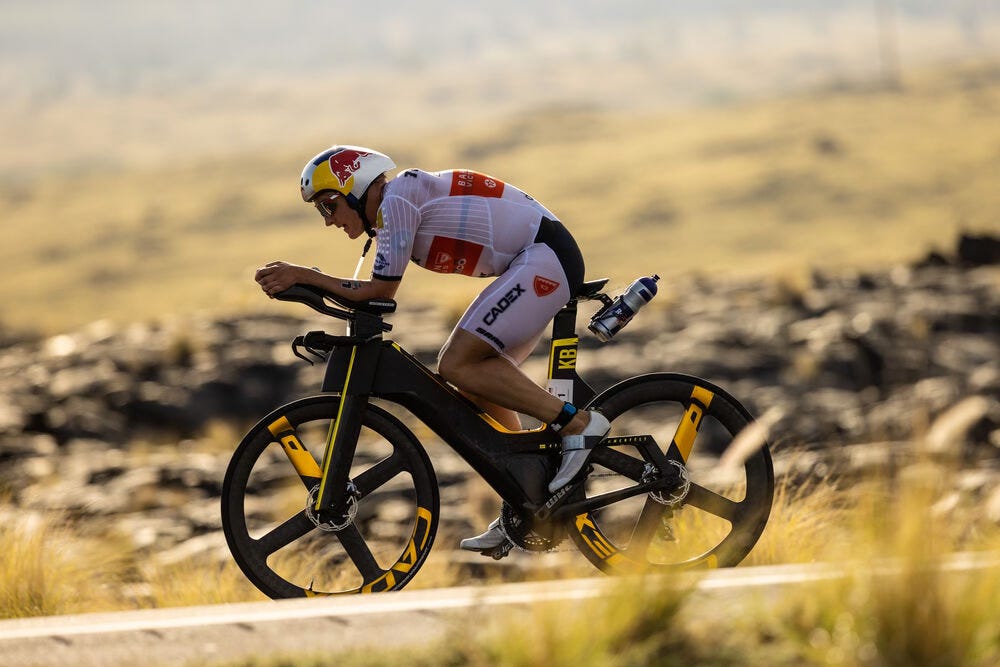
Kristian appeared on the podcast with his coach, Olav Aleksander Bu, to talk about their unique approach to triathlon. The entire interview is great if you have time to give it a listen, but there are a few key points I’d like to highlight.
Key points:
- It’s not just the goal, but your belief in the goal that matters.
- Don’t get emotional about data. Use it to make good decisions.
- Everyone hits a wall. Everyone.
- What to do when the s!@# hits the fan.
It’s not just the goal, but your belief in the goal.
We all have goals. You might have a goal to do a triathlon. To do an Ironman. To run a marathon. To graduate from college. To start a business. To (fill in the blank).
But how strong is your belief in that goal? Is it just a dream, or do you have deep conviction that it’s something you can actually achieve, and you have a plan for how to do it?
Setting goals is a way we establish our intentions, provide motivation, and measure progress. But you can’t just set a goal and then leave it on a shelf collecting dust with the vain hope that you’ll magically reach it one day.
A goal isn’t a wish and it’s not a dream. It’s a specific, measurable, and actionable target that directs your daily efforts.
Kristian says one of the reasons why he and Olav work so well together is because they have the same mentality. They set a goal and are utterly dedicated to seeing it through.
Olav– “Extreme dedication and belief in the ability to perform… For me, it’s important to have that belief in everything I do and believe that I really push the limits.”
Belief, or lack thereof, influences our behavior, shapes our decision-making, impacts confidence, and affects how we respond in the face of obstacles. Having the belief that you can influence the outcomes in your life is a very powerful thing.
“You can build the most amazing physiological machine, if you want that. But if you don’t believe in it when you’re on the starting gate, then it doesn’t matter.”- Olav Aleksander Bu
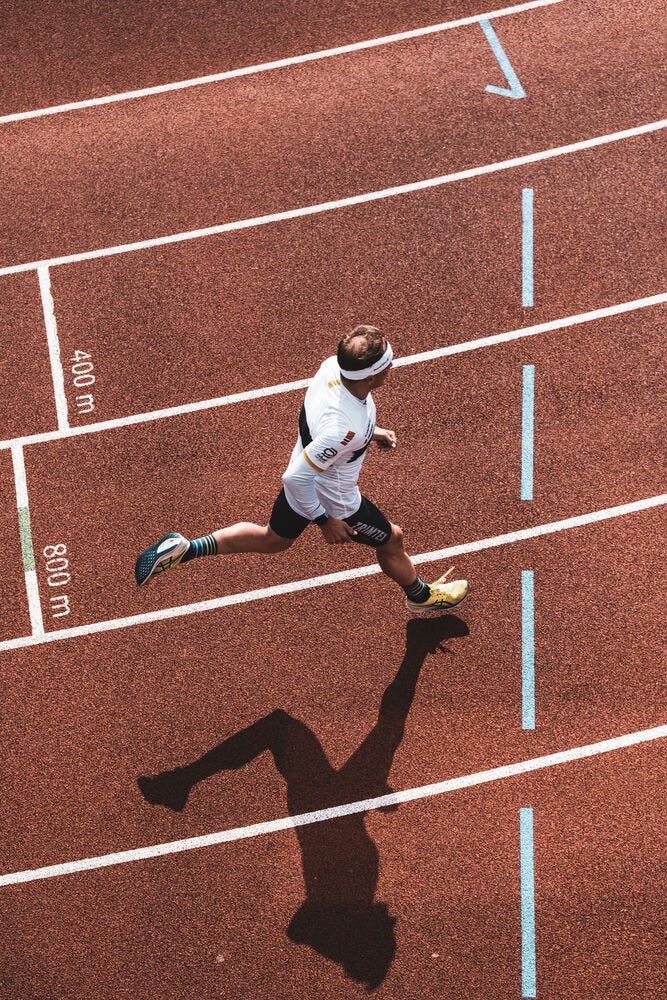
Don’t get emotional about data. Use it to make good decisions.
If you don’t know much about Olav Aleksander Bu, he’s a very interesting character. Part performance philosopher/part sport scientist, Olav loves data and crunching numbers.
As triathletes, it’s easy to get caught up in analyzing training numbers or fixating on the data we see during a race. This works out fine if the numbers reinforce how we feel about our performance.
Olav- “Data can act as a really good, positive reinforcement loop. There are many times I ask myself, am I doing good enough? And I think that having a confirmation back that we’re doing good – that’s important. When you’re using data in a good way and you feel that okay, this seems like a good performance, and you have data that’s even reinforcing this, it’s a really strong psychological combo.”
However, Kristian talks about the flip side of that coin, when the numbers you see aren’t necessarily positive.
Kristian– “If the feedback isn’t positive, it can be more tricky as well, so how do you deal with that stress? You might have to change your approach for race day and adjust tactics as well. If you’re struggling with seeing bad numbers, then your race is ruined already.”
During a triathlon, it’s important to keep an eye on metrics like heart rate and power to make sure you can sustain a specific effort over a certain distance. But the mistake most of us make (me included) is attaching an emotion to those numbers.
For example, “Well crap, I’m 1:30 off my race pace. This isn’t going how I wanted. Why do I suck at running? ect.”
Instead of attaching emotions to numbers, try to view them objectively. Whether the feedback is good or bad, it’s just data that can be used to help you make good decisions.
Olav– “On race day, you come with an inflated view of what your capabilities are, and it’s a crash and burn, because you go out with a strategy you can’t execute. It’s having a reality check and being able to build new strategies from that new standpoint.”
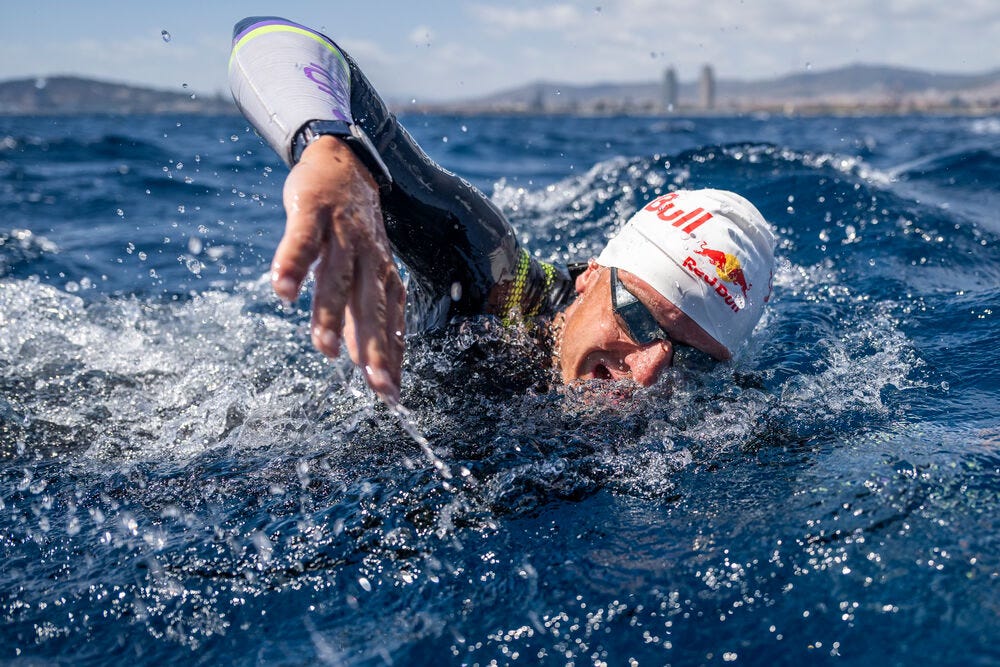
Everyone hits a wall.
Kristian talks about the nervous energy at the start line of an Ironman- thinking about starting at sunrise and having an entire day’s worth of racing ahead of you.
Kristian– “Before an Ironman, it’s nerve-racking. Even as a pro, even if you have your best day (which is what everyone is hoping for) it’s going to be 8 hours of racing… In the 30 seconds before the gun goes off, you’re waiting, trying not to use too much energy, because you need to save as much as possible, but also being able to switch on when the gun goes off, because you don’t want to have a bad start to a long day. You’re trying to enjoy the moment, but being a little afraid.”
Because we see these elite athletes racing so strong and fast, clocking off paces we could only dream of, we fall into the trap of thinking that it must be easier for them.
But every athlete will hit a wall during an Ironman. When you encounter that wall during the race has to do with fitness, but how, and if, you get past the wall has to do with your mind.
Kristian– “You’re probably going to hit the wall with 15-20K left, and you have to run through it. So you know that no matter your pacing, it’s going to be a long day. Best case, you will hit the wall very late. Worst case, you will hit the wall early and just have to get yourself to the finish line afterwards. You feel that from the athletes around you. Even for us, it’s going to be brutal.”
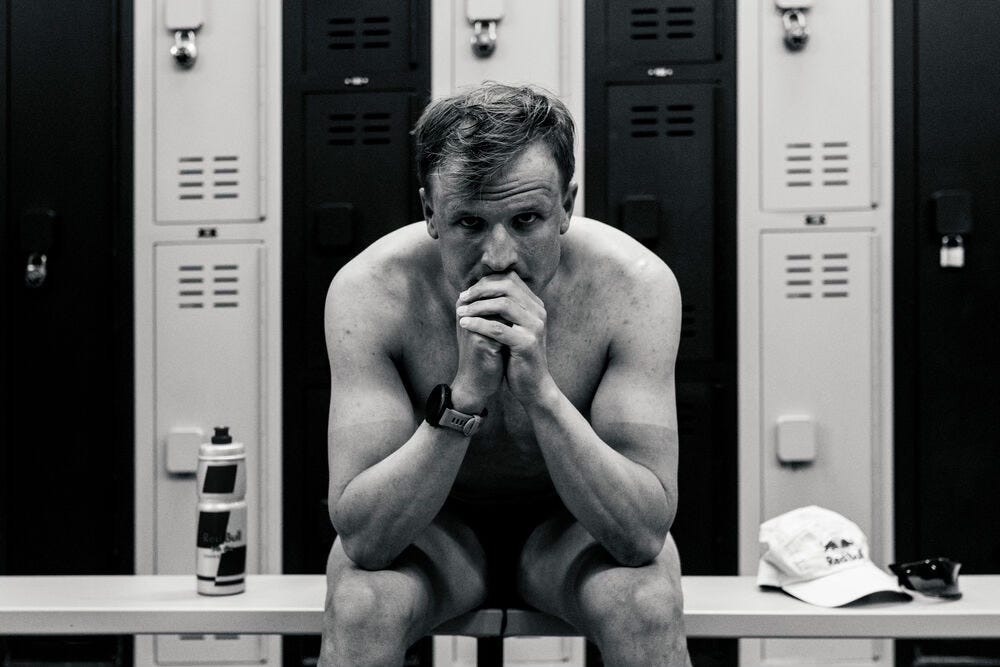
What to do when the s!@# hits the fan.
My husband has this unique ability to compartmentalize when things don’t go as planned. During his first 70.3, he had a rough start and backstroked two thirds of the swim. Then, he proceeded to have a killer bike and run split.
On the other hand, if that was me, I’d still be thinking about the swim during the bike and most of the way through the run. Having the ability to “suck it up and focus on the goal to get the best out of the situation” is what Olav says makes Kristian so enjoyable to work with.
Olav– “Spending so much energy thinking out about the things you did wrong, and all the things you should’ve done differently (that you can’t do anything about anymore) is damage control… We have learned to believe in ourselves and basically block out everything we can’t do anything with. Write it down as a lesson learned and take it with us after the race to the next one. But now is the time to focus on what we can focus on now.”
This is something I’m trying hard to work on, not only in triathlon, but also in life. If there’s something that didn’t turn out as planned, or something I wish I would’ve done differently, ruminating about it is simply a waste of time. As Olav suggests, I write it down as a lesson learned and focus on what I need to do right now.
News & Notes:
(things I’ve read or listened to lately that I think are cool).
- Surprising morning routines of great historical figures– Who knew Benjamin Franklin liked sitting in the nude?
- Strava now has a “family plan” you can share with friends, teammates, or family.
- This is a great piece about the problems with training in super shoes.
- An article by Alex Hutchinson about the heat protocol developed at University of Oregon for pro runners.
Q&A of the Day:
The reason I created Triple Threat Life was to build a community to share helpful, practical information with fellow athletes. Experts are great resources (and I know a few) but sometimes it’s nice to get advice from a friend.
Someone who’s facing the same challenges as you: balancing work with family life and triathlon, just trying to be the best athlete and person you can be.
So I’m incorporating a Q&A of the Day section into the newsletter. Ask away! Send your questions about triathlon, mindset, life, ect.
I don’t know everything, but I’m a journalist by trade. So if I don’t know the answer, I can find it, or find someone to help answer it.
Send me your questions and I’ll answer them in a future blog post.
Question from Amani– “How/where do you find good trails/routes for biking and running in your area? I moved to a new area about a year ago and don’t know much about it unfortunately.”
Brittany– A great resource for finding cycling and running routes is called Ride With GPS. You can type in a location, distance, and see a collection of routes that other athletes have created. It also shows the elevation gain and a map. But be careful not to ride alone. Not only is it safer to ride in group to increase visibility to cars, you’d also need support in case of a flat or other emergency. The best thing to do would be to see if there’s a local triathlon group in your area that could help connect you with people to ride with, or you could also check out a local bike shop that often has information about local group rides.

